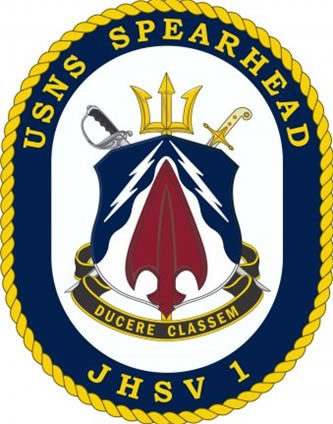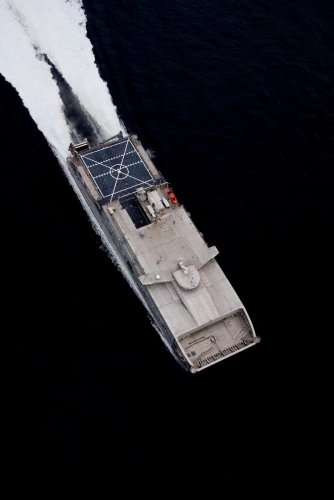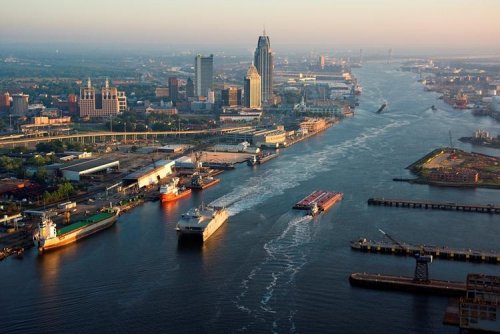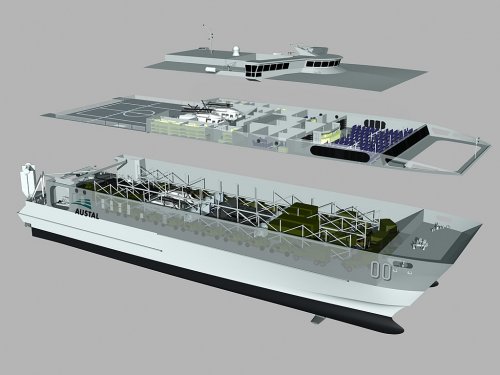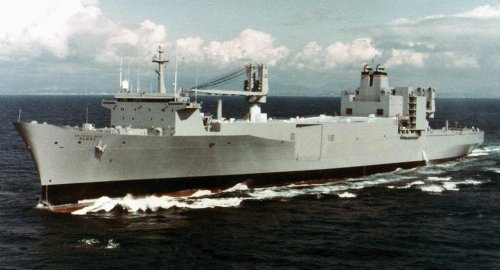- Joined
- 9 October 2009
- Messages
- 21,147
- Reaction score
- 12,249
According to Tim Colton over at Maritime Memos, the USN has taken over full control of the JHSV program, so all operational JHSVs will be Navy.
More details here: http://www.coltoncompany.com/images/JHSV_Transfer_MOA.pdf
More details here: http://www.coltoncompany.com/images/JHSV_Transfer_MOA.pdf

